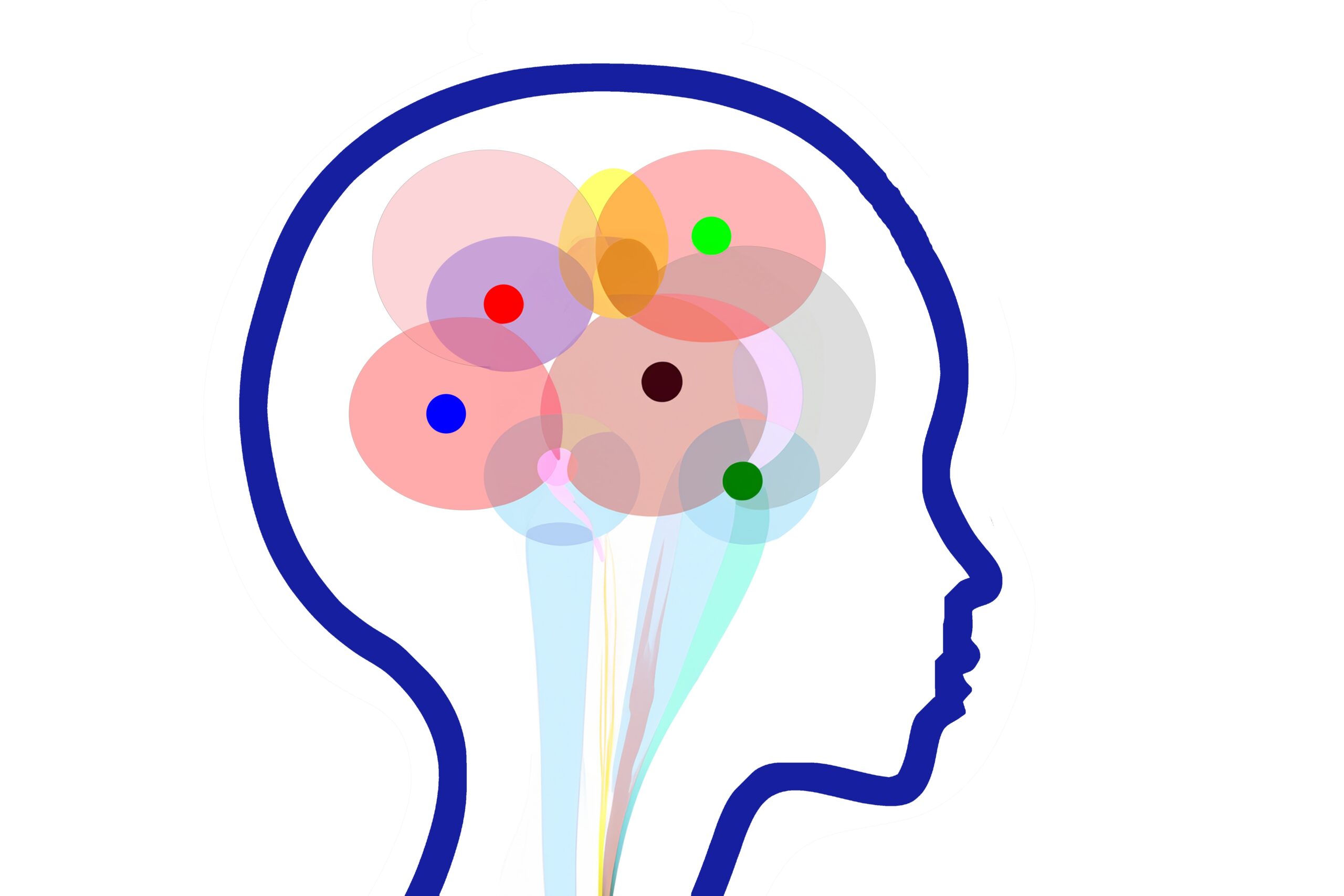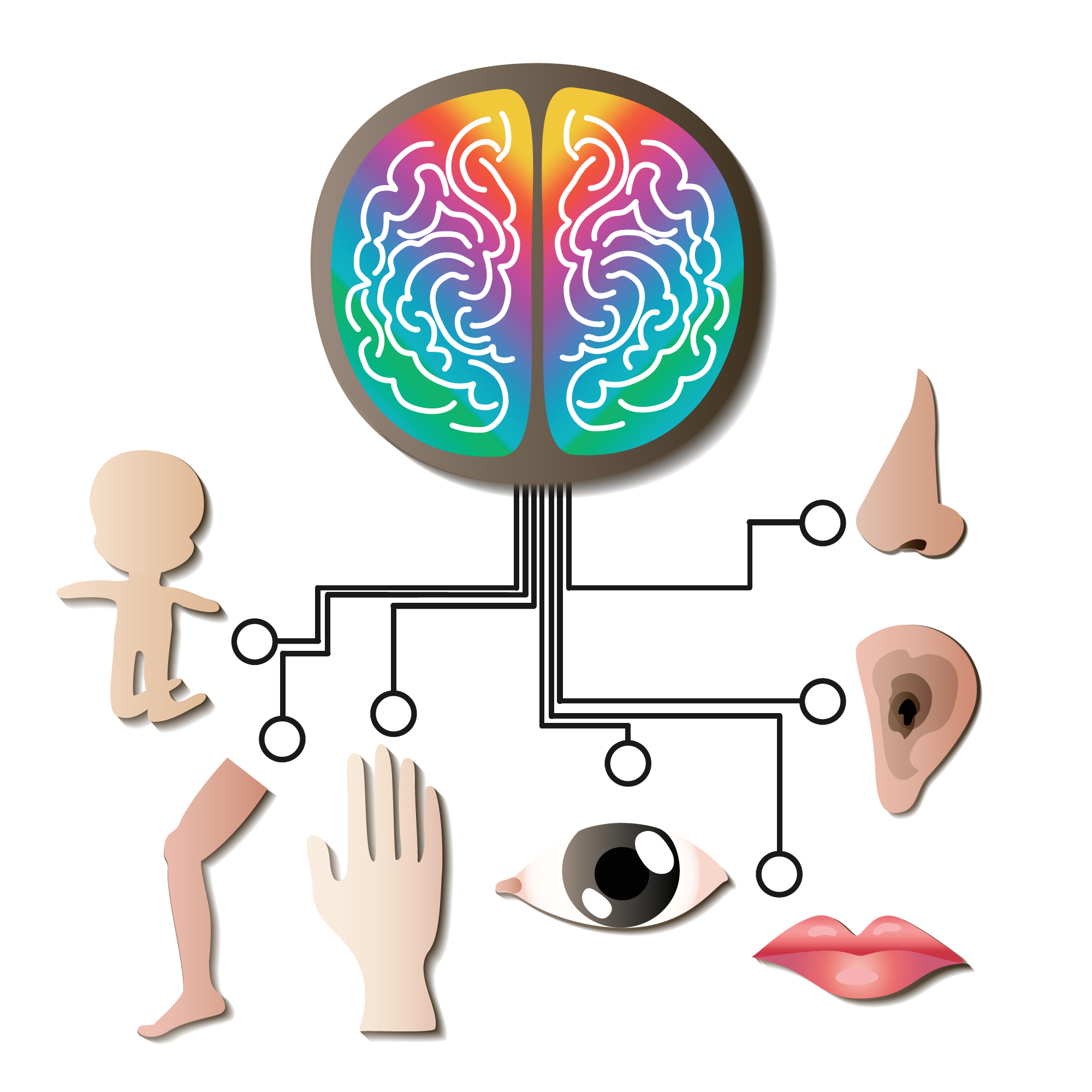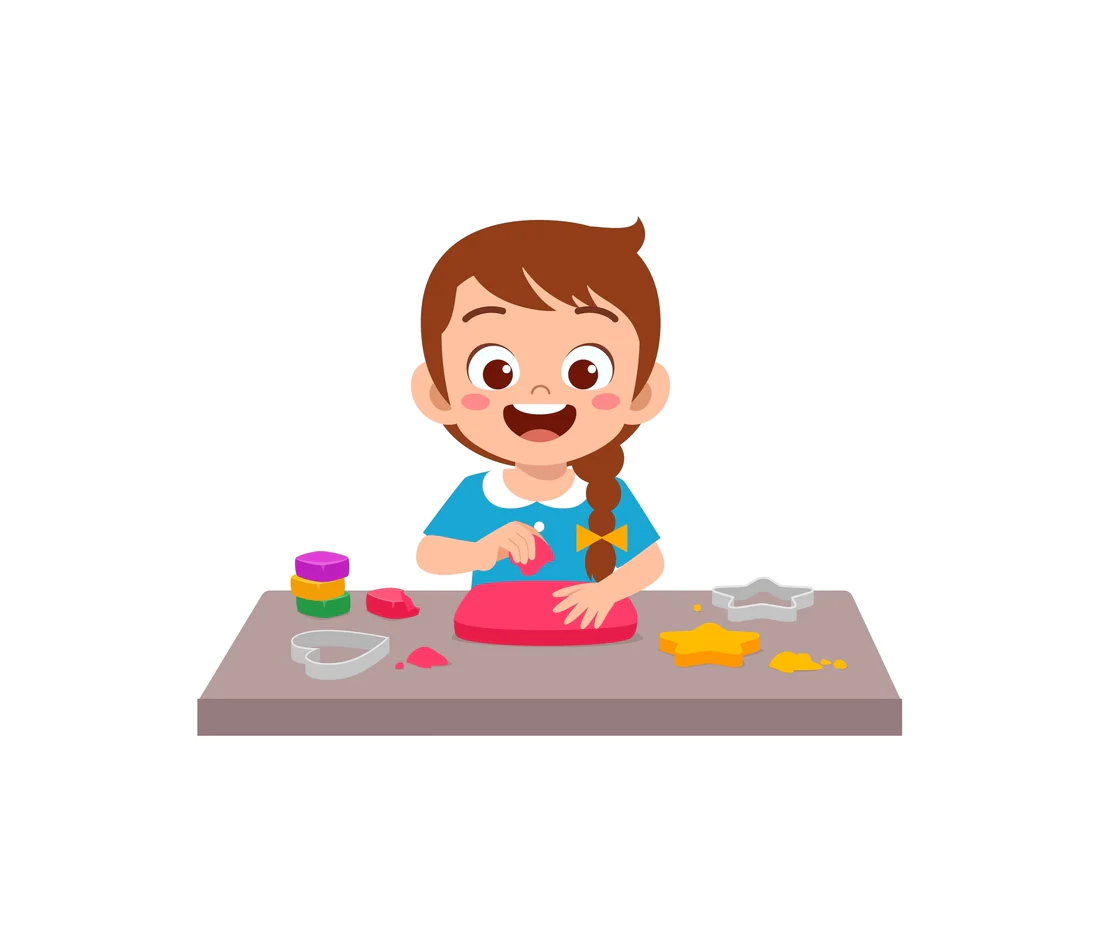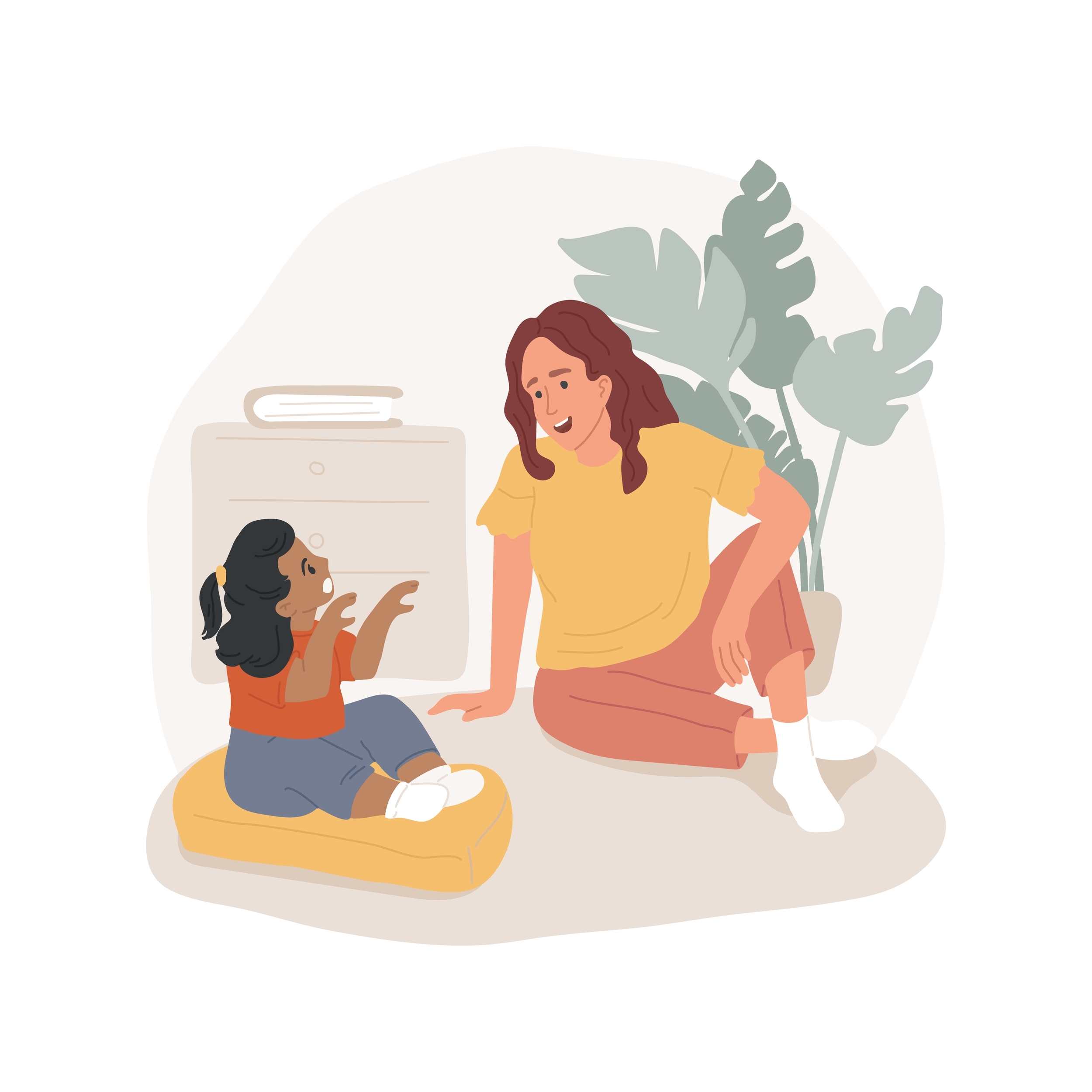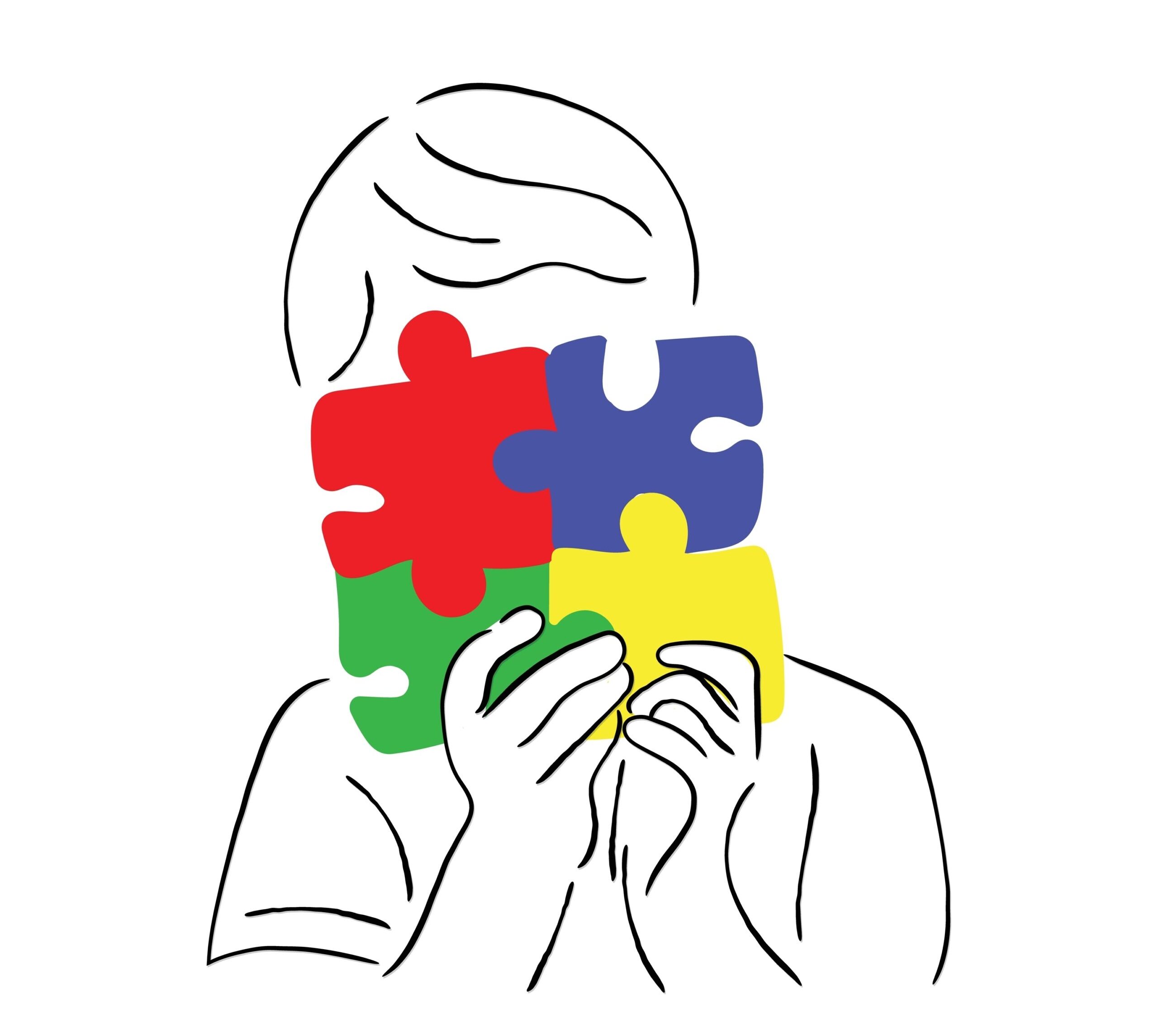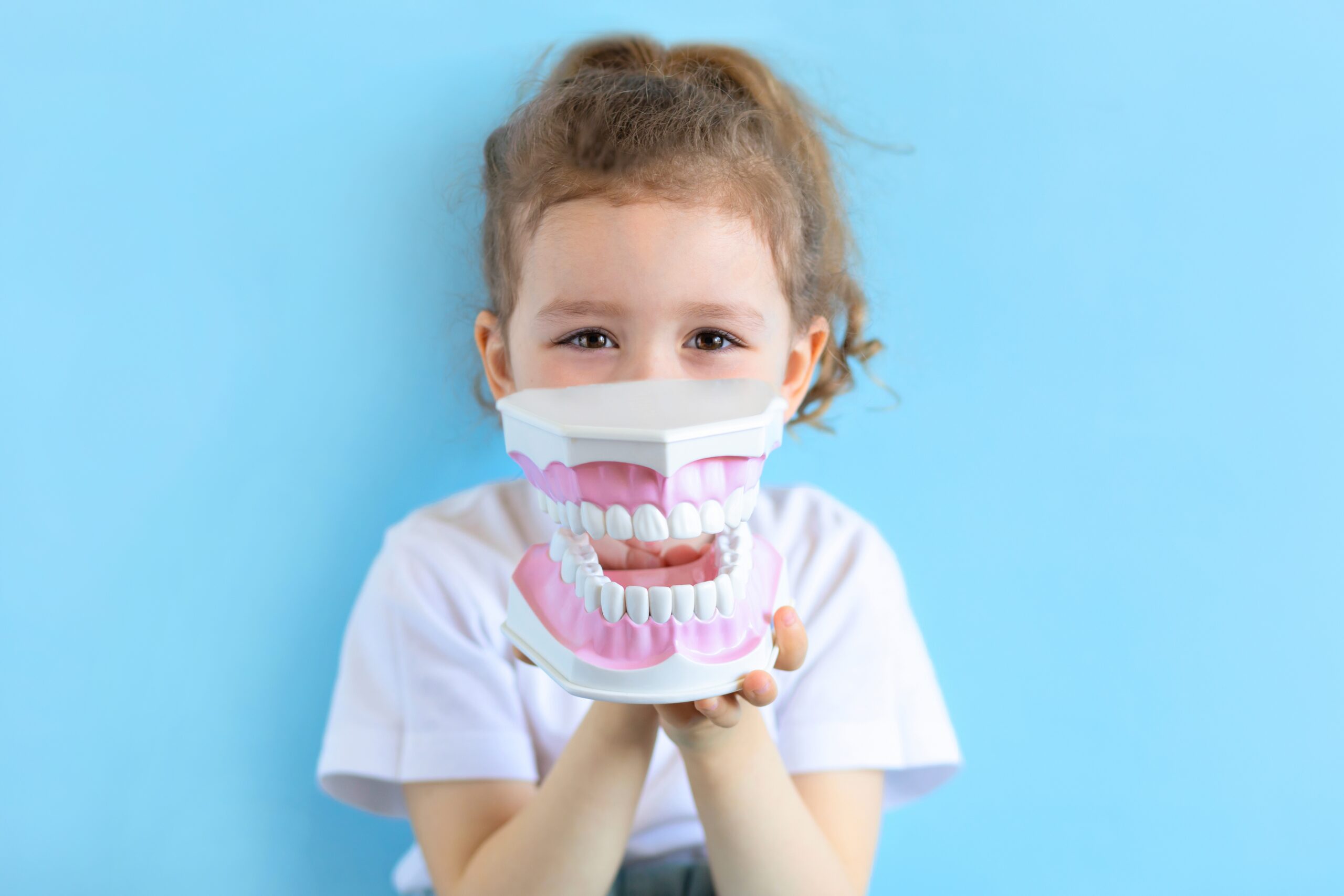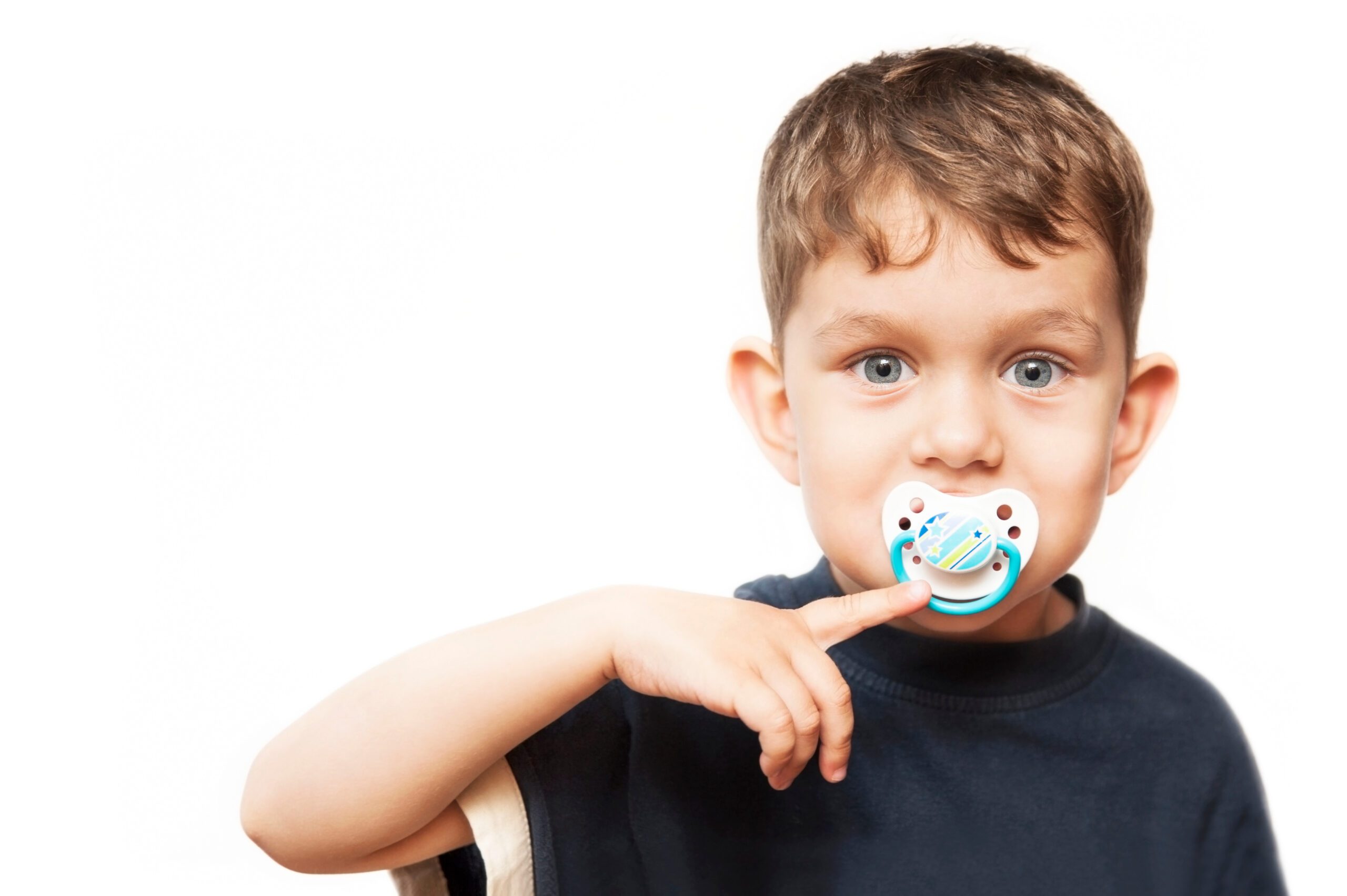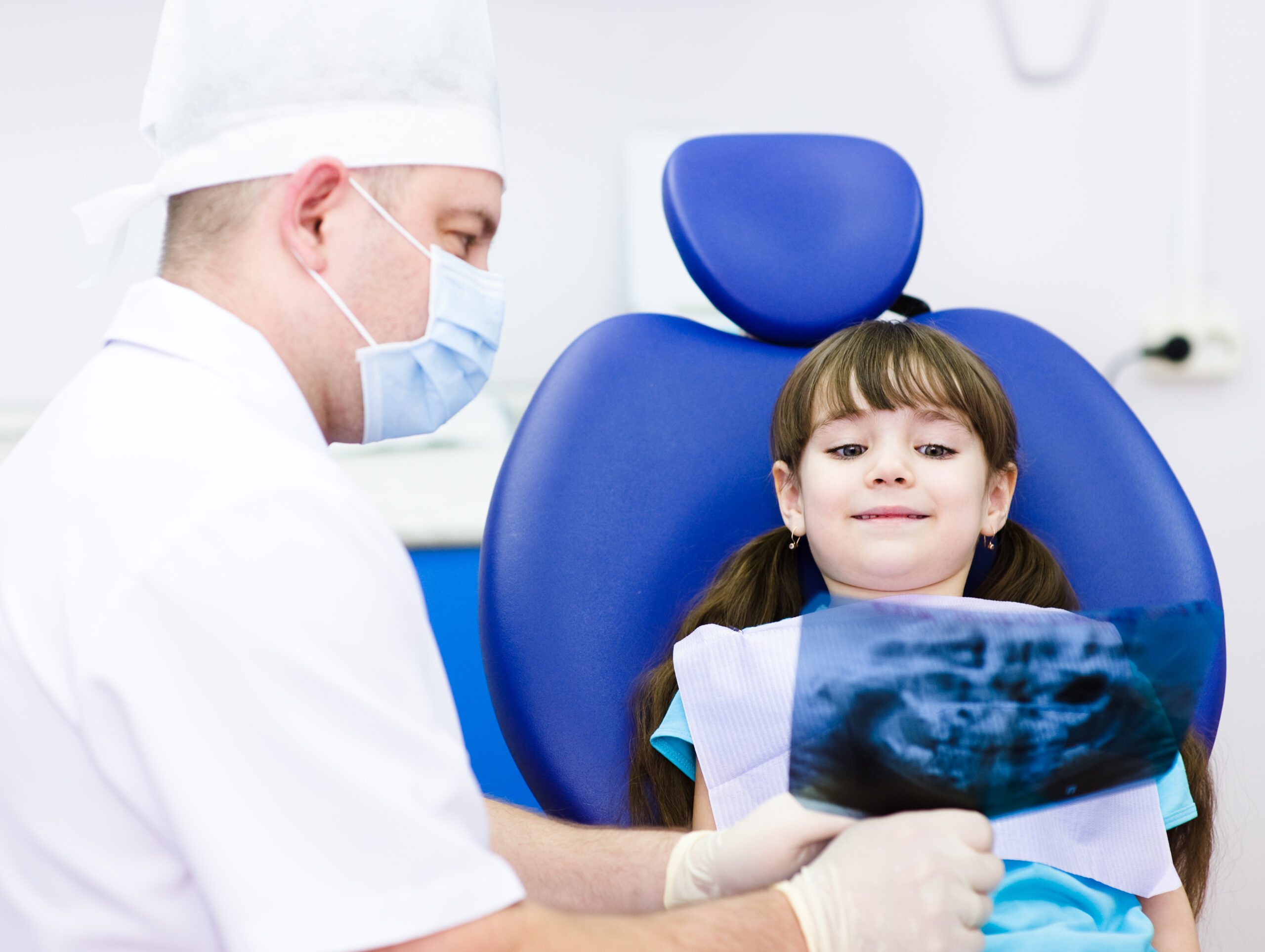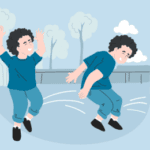
Blog
Early Signs of Malocclusion in Toddlers and Young Kids
Author: DrSensory
July 5, 2025
Early Signs of Malocclusion in Toddlers and Young Kids
Misaligned teeth or jaws, known as malocclusion, can begin developing during early childhood—even before all the baby teeth have erupted. Spotting these signs early is essential for ensuring your child’s bite and jaw develop correctly.
At DrSensory, we help parents recognize and address these issues before they become more complex. Keep reading to learn how to identify early malocclusion in toddlers and young children, why it matters, and what to do next.
What White Spots on Kids’ Teeth Really Mean
Breathing vs. Chewing: How Airway Health Impacts Oral Skills
How Baby Bottle Use Can Impact Oral Development

What Is Malocclusion and Why It Matters
Malocclusion refers to the misalignment of teeth and the way the upper and lower jaws fit together. While some degree of shifting is normal as baby teeth come and go, significant or persistent alignment issues can lead to:
Difficulty chewing and eating
Speech development delays
Jaw pain or discomfort
Increased risk of cavities or dental trauma
Self-esteem concerns due to visible misalignment
Common Types of Malocclusion in Children:
Overbite: Upper teeth significantly overlap lower teeth
Underbite: Lower teeth extend past the upper teeth
Crossbite: Misalignment causes the teeth to bite sideways
Open bite: Upper and lower teeth don’t touch when the mouth is closed
Each of these can affect not just your child’s oral health, but also their facial development and breathing patterns.
How Dental Alignment Affects Chewing and Swallowing in Children
Early Signs of Malocclusion in Toddlers
Identifying the signs of malocclusion in young children isn’t always easy. Many kids don’t complain—but their behavior or bite may give clues. Look for:
Difficulty Chewing or Biting
If your child avoids certain textures, struggles with biting, or takes longer to eat, their bite may be misaligned.
Teeth That Don’t Touch Properly
An open bite is often easy to spot. You may see a space between the front or back teeth even when your child’s mouth is closed.
Crooked or Crowded Teeth
Early crowding or overlapping of teeth may indicate jaw size issues or bite irregularities, even with baby teeth.
Jaw Discomfort or Clicking
Complaints about jaw pain, clicking sounds while chewing, or frequent rubbing of the jaw could be signs of a deeper bite issue.
If you notice any of these signs, it’s important to consult a professional experienced in pediatric oral development.
How Dental Alignment Affects Chewing and Swallowing in Children
Baby Teeth and Speech Development: How Are They Connected?
When Is Thumb Sucking a Problem? A Developmental Guide for Parents
When to See a Pediatric Dentist or Orthodontist
Early Orthodontic Evaluation (by Age 7)
According to the American Association of Orthodontists, every child should have their first orthodontic screening by age 7. At this stage, specialists can spot subtle issues with jaw growth or emerging tooth alignment—even before all adult teeth come in.
Pre-Orthodontic or Interceptive Treatment
Early treatments may involve:
Dental spacers
Habit-breaking appliances (for thumb sucking or tongue thrust)
Expansion devices to guide jaw growth
These non-invasive interventions can make later orthodontic treatment shorter, easier, and more affordable.
At DrSensory, our focus is not just aesthetics—but functional health. We help parents create a plan that supports proper chewing, speaking, and jaw growth from the start.
Signs Your Child May Have a Hidden Oral Restriction
The Importance of Brushing Teeth Starting at a Very Young Age
Understanding Enamel Hypoplasia in Children
Early Detection = Better Oral Health Outcomes
Malocclusion may not be obvious in toddlers, but the signs are there if you know what to look for. Identifying these early signs can help your child avoid more serious problems later in life.
Visit DrSensory.com to explore expert advice on oral development, sensory-friendly dental care, and early intervention strategies. We’re here to support your child’s healthy smile from the very beginning.

🔍 FAQ – Malocclusion in Toddlers & Young Children
❓ What age should a child see an orthodontist?
The American Association of Orthodontists recommends an initial evaluation by age 7, even if no visible problems are present.
❓ Is it normal for baby teeth to be crooked?
Some irregularity is normal, but severe crowding or misalignment could signal early malocclusion and should be evaluated.
❓ Can malocclusion affect speech in toddlers?
Yes. A misaligned bite can influence how the tongue moves and may impact articulation and speech clarity.
❓Is early orthodontic treatment effective?
Yes. Interceptive orthodontics can guide jaw growth and tooth alignment, reducing the need for major corrections later.
related blogs
Your child is constantly moving, crashing into furniture, or having meltdowns in response to seemingly minor things like a loud
Your toddler refuses to wear certain clothes, has huge meltdowns in noisy places, or is an extremely picky eater, limited
Your child seems to miss verbal instructions, struggles to follow conversations in noisy environments, and often asks "what?" even when
On the surface, autism and Ehlers-Danlos syndrome (EDS) might seem like two entirely unrelated conditions. One is a neurodevelopmental condition
The intense head pain begins, lights feel blindingly bright, and every sound seems amplified to an unbearable level. You retreat




